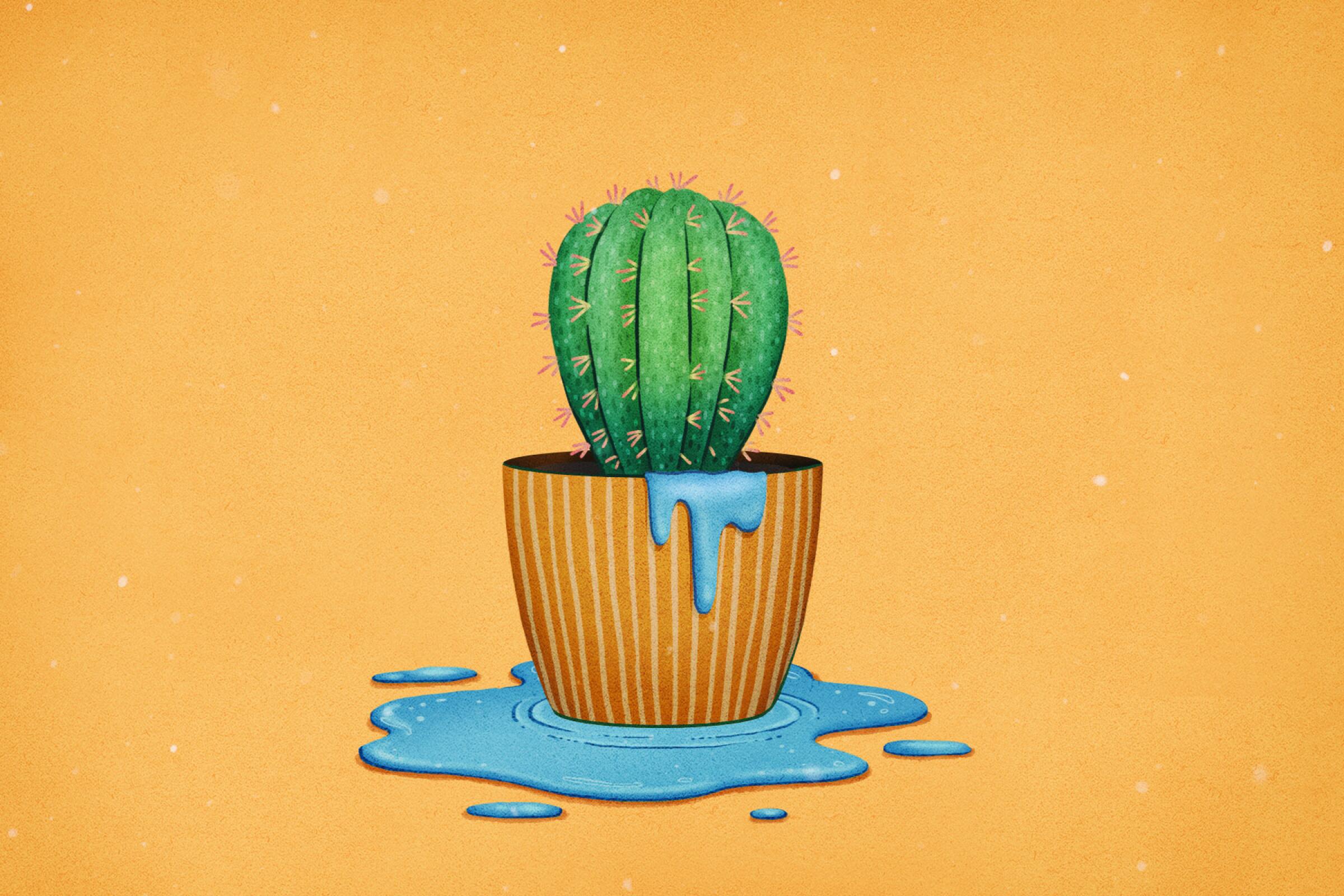Sign up for The Wild
We’ll help you find the best places to hike, bike and run, as well as the perfect silent spots for meditation and yoga.
You may occasionally receive promotional content from the Los Angeles Times.

The single hardest thing to remember when it comes to watering your houseplants is self-control.
We know the instinct to water them is strong, but over watering is the most common way to kill houseplants.
Generally speaking, plants like to dry out in between feedings says Erin Marino of the Sill. “If soil is left too wet for too long, it can cause root rot,” Marino says. “That’s what we call over watering. On the other hand, if your plant’s soil is consistently too dry you’re likely under watering. Letting your soil dry out before watering is key for plants to receive the perfect balance of water and oxygen.”
So how do you know when a plant needs to be watered?
Ten months ago, Tommy Engström quit his job in ad sales, packed up his Chicago apartment and drove to Los Angeles.
Rhiannon Cramm of Mickey Hargitay Plants in L.A. recommends using your finger to check for signs of thirst. Simply stick your finger in the soil and if the first inch is dry, water. If it looks dry on top but is actually wet below the surface, don’t.
“There are many different types of water meters out there, but nothing is better than getting to know your plant by your own touch,” Cramm says. “After you give your plant water, the top of the soil should feel moist, not soggy. Depending on how you water your plants, you can check the liner under the plant. If there is still water left in the liner after several hours then you know that was a little too much water (you can dump that water out) and know to water less next time.”
Leaves are expressive — especially if they are large and thin — and will tell you a lot about a plant’s needs. “If they are droopy, you know they need something and to check their soil,” Cramm says. “Plants will droop if they are thirsty or too soggy. This is your cue to feel the soil on the top. You might have to dig down a couple of inches to really see what’s going on but from there you will know how to adjust to your plant’s specific needs.”
In addition to high temperatures and low humidity, containers are another consideration when it comes to your plant’s feeding schedule. If your plant is in an unglazed clay pot, for instance, it may need to be watered more often than a plant in a store-bought plastic planter.
If possible, resist the urge to remove your newly purchased plant from its nursery container.
One is a physician with an active practice in San Diego.
“Plants are happy in plastic containers,” says Annette Gutierrez of Potted. “And it’s so much easier to deal with them. You can lift them up and see if they need to be watered. It’s also so much easier to water them in the sink where you can let water run through them. Plants don’t like salt, and this flushes the salt out of the soil.”
But use caution.
“We’re inclined to ‘stay hydrated’ but plants can drown if they are flooded with too much water,” adds Marino.
Sign up for The Wild
We’ll help you find the best places to hike, bike and run, as well as the perfect silent spots for meditation and yoga.
You may occasionally receive promotional content from the Los Angeles Times.